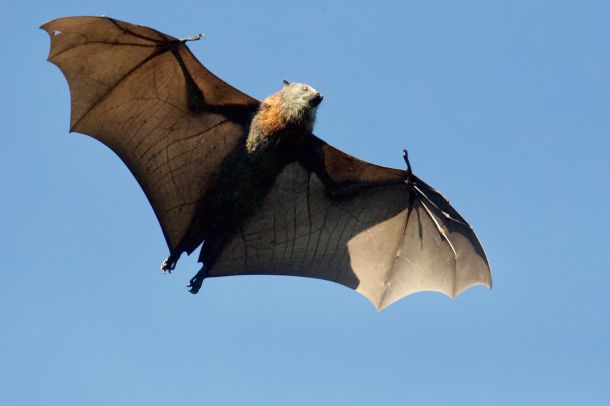Additional Reading: The Coronavirus and Its Connection to Wildlife
By now, most of the world has heard of the new Novel Coronavirus, 2019-nCoV, a respiratory illness traced back to a live animal market in Wuhan, China. While the animal source of the 2019-nCoV has not yet been identified, we at NATURE have been wondering about the impact of animals on the virus and specifically, why now? Presumably, China has been using animal markets/wildlife trade in these exact ways for some time, so what changed or is different now to cause this outbreak?

Many coronaviruses have been linked back to bats. Photo by James Wainscoat on unsplash.
We reached out to Dr. Anthony S. Fauci, MD, Director of The National Institute of Allergy and Infectious Diseases (NIH/NIAID) and here’s what he told us:
Many coronaviruses exist in animal reservoirs, particularly in bats. Remember that for the SARS outbreak in 2002, bats infected palm civet cats who were sold in live/wet markets and the civet cats spread the virus to humans. Same for MERS – bats to camels to humans. The fact is that this is likely pure chance plus more interactions in the human-animal interface. Animal viruses mutate and most of the time the mutations have no significant impact on virus transmission to humans. Sometimes they mutate and allow single “dead-end” transmissions to individual humans with no efficiency in going human-to-human and so we get individual infections and no outbreak, as we have seen with the H5N1 and H7N9 influenzas that jump from chickens to humans but do not go from human to human. But rarely, animal viruses mutate and the mutation allows them not only to jump species to humans, but to also efficiently spread from human to human. That is what we saw in SARS and now we see this with 2019-nCoV, which seems to have adapted itself very well to human to human transmission, as per what is happening in China.
From what we know, the virus can be spread person-to-person, so practice good hygiene, as you would to avoid the flu or common cold. Here are tips the CDC suggests for staying healthy, and for more information, check out PBS NewsHour’s coverage on the latest updates.
As we learn more about the animal impact on the virus, we’ll update this page.
